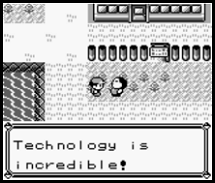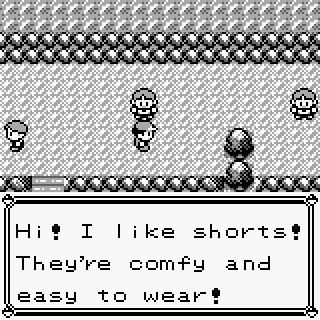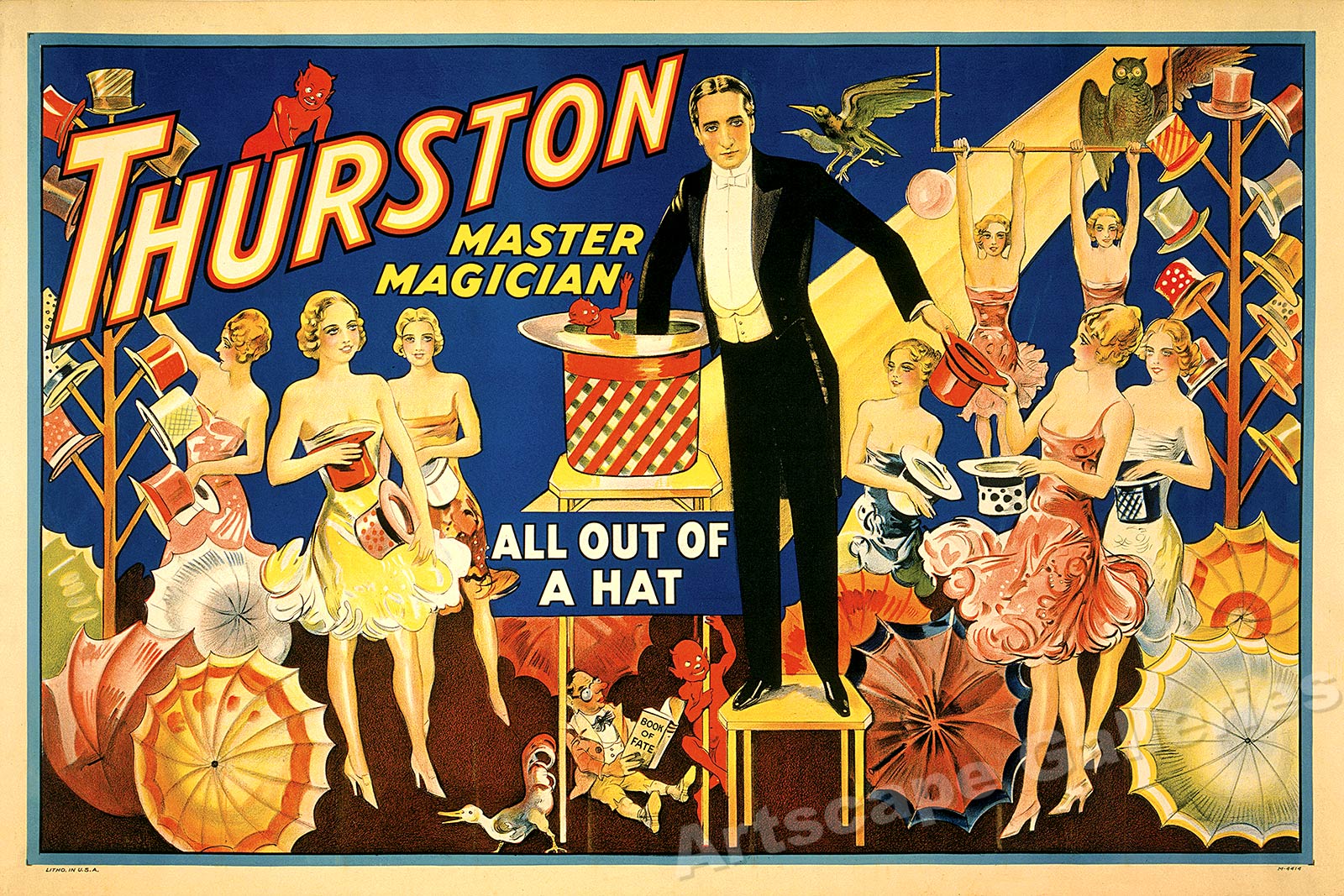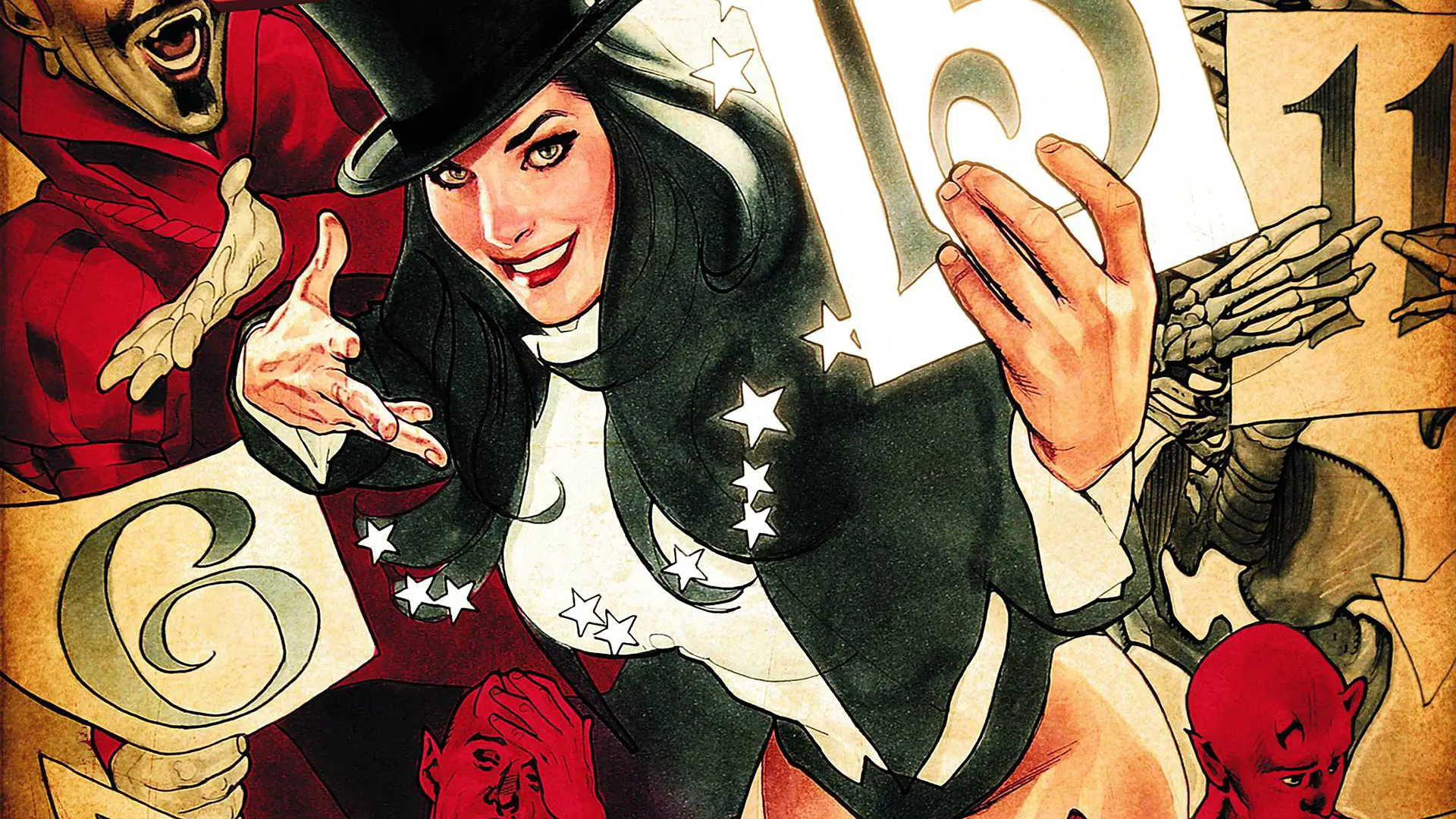The world of Black Pudding is one of classic sword and sorcery gaming, caricatured to almost parody levels. Barbarians are everywhere, all of them muscle-bound and/or voluptuous. Monsters are strange and otherworldly, with too many eyes and unpronounceable names full of Zs and Xs.
If this sounds like too much cliche for you, fear not. Black Pudding makes it work.
The book is split into several sections, so I'll do the same with my review, giving my thoughts on each in turn - but as we go I'll also be using each section to talk about the book as a whole.
Sheets
We begin with a collection of OSR character sheets, some for Labyrinth Lord that would work in pretty much any B/X-esque ruleset, and a few smaller ones for DCC characters.
Like almost all the art in this book, these are are hand-drawn black-and-white cartoons drawn by the author. The sheets manage to present unique and creative designs - one has you taking notes on an idol based on the cover of the AD&D player's handbook - but they still fulfill their practical purpose.
Classes
These for me are a highlight of the book. I could roll a d20 to select one of them - there's a table for doing just that later on - and I'd be excited no matter the result.
The tone for this section, and indeed the rest of the book, is set with the first entry. The Barbaribunny is an anthropomorphic rabbit with all the battle instincts and bloodlust of Conan himself. We also get a giant mole, a luchador and a goth wizard.
There are some slightly less left-field options, such as the Shield Maiden, but each one has an attention to detail that make them concise, flavourful, and intriguing. And not only are they all illustrated, but on many pages the text itself is also hand-written, giving a wonderful DIY feel and, here's that word again, sense of fun.
Now might be a good time to bring up the bawdy sexuality that runs through this book. It's only a subtle theme, never overt or even close to pornographic - I wouldn't bring it up at all if it weren't an anomaly among most generic RPG content, which is either blandly chaste or hypersexualised edgelord nonsense.
If the many cartoonish illustrations of busty amazon warriors didn't clue you in, the text itself will - this book fucks. The Chainmail Chick, for instance, gets an AC bonus when wearing that infamous fantasy trope, the chainmail bikini, and has various class abilities dedicated to using her wiles and beating up enemies who lech over her. See also: the Witch's magic just flat out works better when she's naked.
These things are obviously a matter of personal preference, but I'm thoroughly impressed with how sexuality is handled in this book. There's a healthy mix of pantomime innuendo and straight-up sex appeal, but none of it ever feels exploitative or unjustified. It's all deliberately over the top and in good taste, like a dungeon-crawling burlesque show.
Items
A few pages of magic swords and spell books with their own short lists of brand-new thematic spells.
These are fairly mechanically focused, with +1s or Nat 20s or 1-in-6 chances of this, that and the other. I personally prefer a more "fluff"-based (and therefore system-neutral) approach with magic items and spells, but these are solid options and will definitely make your players feel powerful.
The Glittering Tome of the Silver Sage is a nice idea, with spells based on various aspects of silver: reflection, killing lycanthropes, even a "silver tongue". I'm just not sure that, for example, the silver tongue spell needs to interact with any mechanics - it changes the caster's CHA to 19 and causes a save v Spell, minus the caster's CHA mod. The first sentence, which says that "the caster's words sound true even if they are false", is enough for an OSR spell.
This is perhaps my only pressing criticism of Black Pudding's content. It's a book of hacks, of mechanics and statblocks, and it manages to make them engaging almost effortlessly, but with its resolutely old-school stylings none of the fiction is anything we haven't seen before.
Thankfully though, I don't think Black Pudding needs to be groundbreaking at all - because it does what it wants, and it does it well.
Monsters
The Black Bestiary is full of wacky creatures, very much in the vein of classic monster manuals. The Binoculon and Orgthool fit right in with the old-school feel of beholders and otyughs, perfect for dungeon crawlers who think they've seen everything.
If those kinds of monsters are your bag, this book is worth the price on its beasties alone - there is an embarrassment of riches here. Oh, and this entire section is hand-drawn and hand-written. It's delightful.
My personal favourite critter is probably the Angel Mama, a fiend from goblin folklore who turns slain gobs into shadow-men and commands them as a little army of attendants. I can't wait to spring her on a batch of players who thought they'd seen the last of those pesky goblins.
Who am I kidding, I'll end up using most of these. There will certainly be a Yomgarf in my next adventure.
Meatshields
Or "hirelings", if you want to be fancy.
Not only do they come with a mercifully concise statblock and inventory, all the info you'd need to run them, but each has their own pay rate, and a different likelihood on whether or not that pay can be haggled down.
There are... over 50? of these guys, and each gets their own illustration (plenty of curves on display, of course, plus a few bulging loincloths). The personalities come across in the cartoons, but also in the single-sentence quips of backstory and a fun little feature that lists each hireling's turn-ons and turn-offs. These manage to be both cute little asides and practical information for the GM who wants to play them.
It's the only hireling resource I've ever read that's made me want to use them, and the only one I think I'm likely to ever need.
Not enough content for you yet? Black Pudding doesn't skimp on the adventures. There are 7 fully illustrated and mapped adventure sites - a few dungeon crawls, a couple less traditional locales and a mile-wide hex.
Each seem easy enough to read and run, with information clearly presented around the map like a keyed diagram. It's very One Page Adventure Contest, and indeed most of these are a single page, though there's enough content packed into them that you could easily get a whole session from each. Great for one-shots.
As of writing this, I've run the first one-page dungeon, the Buried Temple of K'Lixtra, and it's been well received. This is a deadly module in an unapologetically old-school style, but it isn't trying to be anything else, and it works well.
I don't think any of these adventures are particularly groundbreaking in design, but I don't really care. They're well written and I'll be glad to have them on hand to throw at my players the next time a good old dungeon is needed.
House Rules
As it sounds, a compendium of house rules for OSR systems. Individually they represent hacks and add-ons for your system of choice, but the section is so exhaustive that you can, as I have, use this as a rulebook and run a game from it wholesale.
The content here is dense, but clearly displayed and simple as pie to use. Character creation as written is a ton of fun, with optional tables to flesh out a character in minutes with a background, appearance and other gameable minutiae.
Also included are takes on the OSR classic classes, from Fighter, Thief and Wizard to Clerics, Elves, Dwarves and Halflings, each one managing to feel fun and engaging despite the fact that you've probably seen most of this a hundred times before.
Whether or not you like this section will depend on whether or not you like your house rules as they are, but there's just so much here that there's no way you won't be able to find something you'll want to use.
tl;dr
This book is at once a collection of various disparate but intriguing homebrew elements, and a self-contained OSR starter set all on its own. The Heavy Helping is just that, jam-packed with content that's both unapologetically classic and utterly charming in tone.
The book reminds me a bit of bands like funk duo Chromeo - bear with me here. Those guys aren't trying to be groundbreaking, they're 70s through and through, almost to the level of parody; light-hearted, affectionate riffs on the classics. They know what they want to be, and that's old school, but presented with so much of their own style and swagger that they earn their place among fresher, more contemporary sounds.
What I'm saying is: you owe it to yourself to get your hands all sticky with Black Pudding.




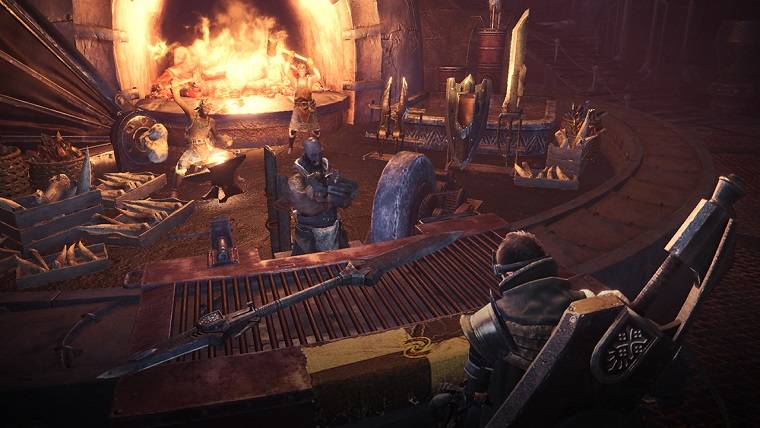


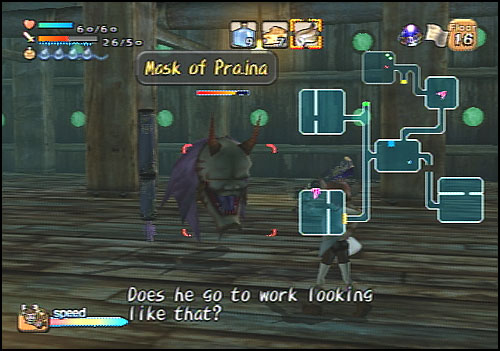
/2016%2F02%2F23%2F28%2Fash.53353.jpg)

